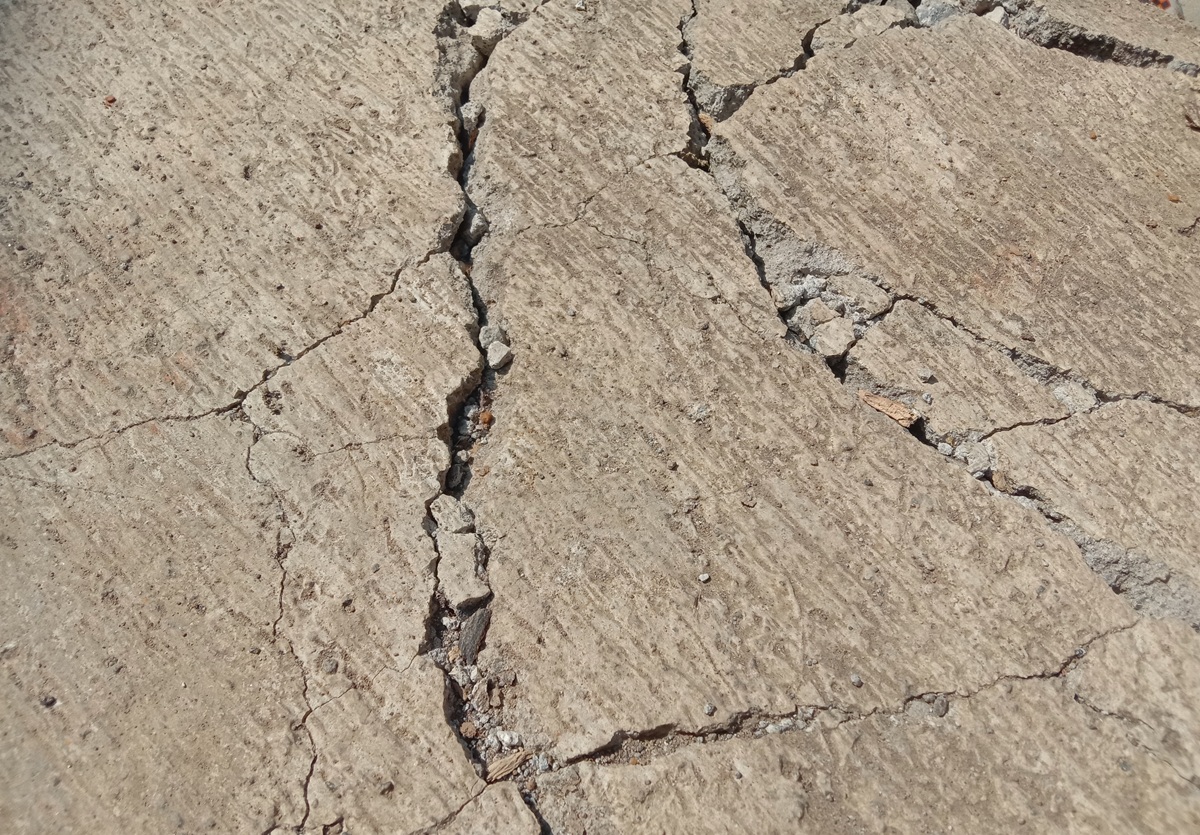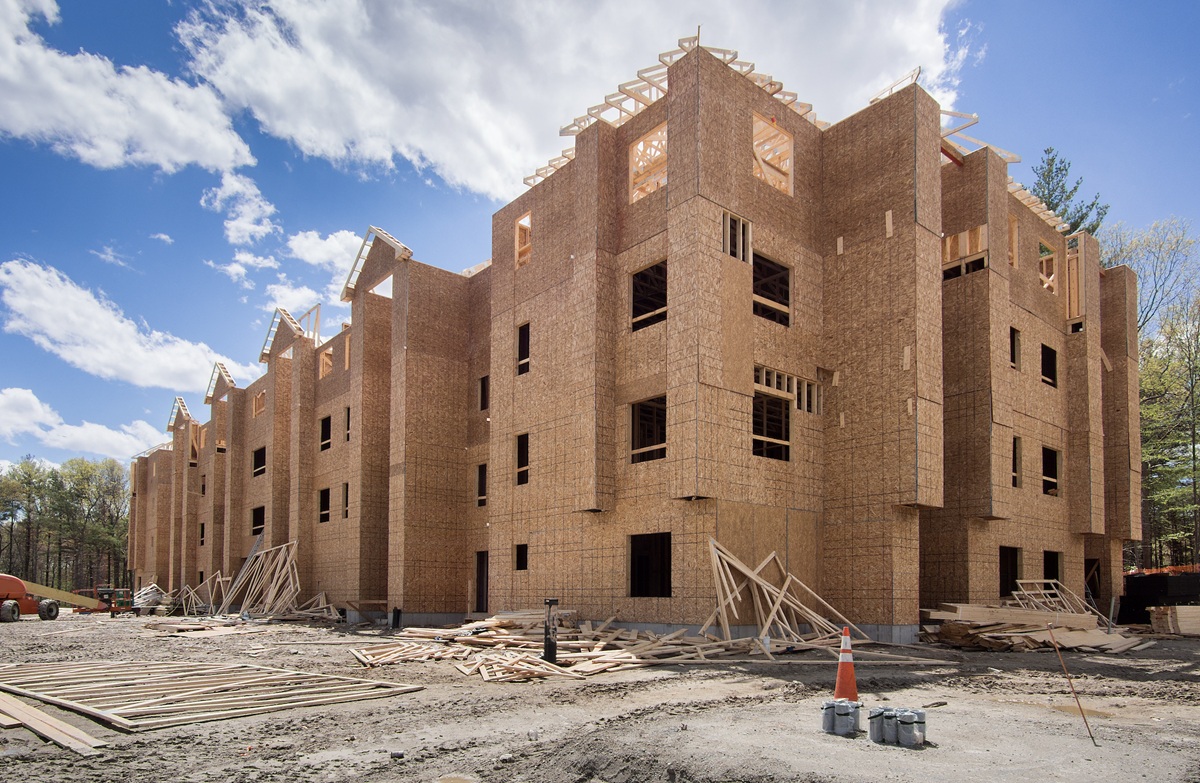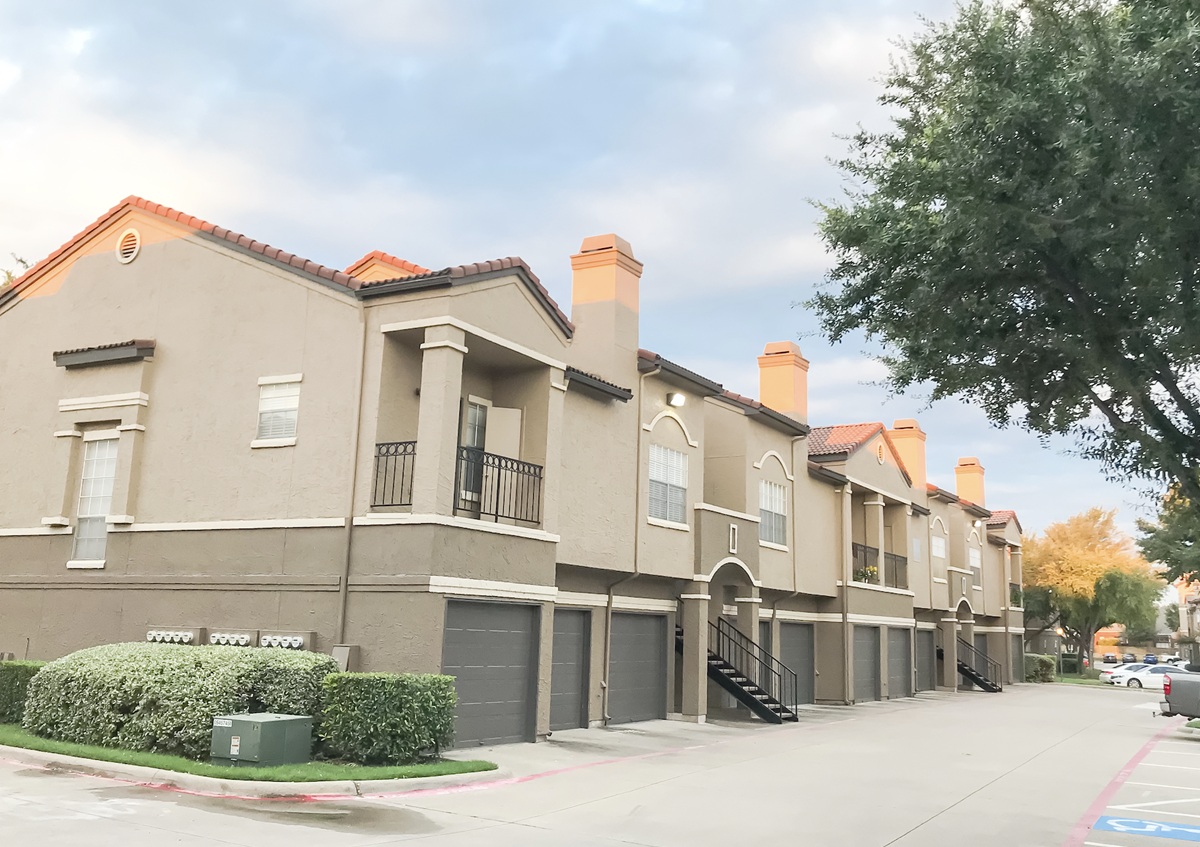Insurance protects your finances. Seismic retrofits protect lives—and your livelihood.
As an apartment owner, you’ve worked hard to build your assets. But with new research showing that San Diego is at even greater earthquake risk than previously thought, hoping for the best is not a reliable strategy. Proactive measures, like seismic retrofitting, are essential to safeguarding both property and people.
San Diego’s Earthquake Threat: The Numbers Don’t Lie
A major earthquake on the Rose Canyon Fault could cause widespread devastation. The Engineering and Environmental Research Institute (EERI) projects that a 6.9-magnitude earthquake in San Diego would result in:
- $38 billion in building and infrastructure damage (about 10% of the region’s total value)
- 120,000 buildings suffering moderate to severe damage
- 8,000 buildings becoming uninhabitable
- 36,000 households displaced
“Older, highly vulnerable structure types will be hardest hit, causing extensive damage, many building losses, and many possible casualties,” according to an EERI study. The report specifically warns that unreinforced masonry (URM) and older non-ductile concrete structures, which have a history of poor seismic performance, remain largely unretrofitted in San Diego. Their collapse would increase casualties, complicate emergency response efforts, and delay recovery.
Insurance Alone Isn’t Enough
Many property owners assume that insurance will protect them in the event of an earthquake—but that’s not always the case.
- Standard commercial property insurance does not cover earthquake damage.
- Earthquake policies can be costly and come with high deductibles—sometimes up to 20% of a building’s value.
- Depending on your building’s location, age, and condition, coverage may be limited or difficult to obtain.
Seismic Retrofits: The Smartest Investment You Can Make
Unlike insurance, earthquake retrofitting is a proactive solution. Retrofitting strengthens buildings, making them more resilient to seismic activity. Studies confirm that it is the most cost-effective way to protect both structures and lives.
According to Caltech research:
- Every $1 spent on seismic retrofitting can save property owners up to $7 in future damage costs.
- That estimate doesn’t even include losses from personal belongings, displacement costs, or injuries—factors that would increase the cost-benefit ratio even further.
- Another study found that if a retrofit can reduce a building’s projected annual loss by 50% or more, it is cost-effective when the retrofit cost is 10% or less of the building’s replacement value.
Cost vs. Consequences: A Real-World Example
Here’s a simplified cost-benefit breakdown for a soft-story apartment retrofit:
| Factor | Example Value |
| Apartment Building Value | $250,000 per unit |
| 10-Unit Building Value | $2.5 million |
| Retrofit Cost | $75,000 |
| Percentage of Value | 3% |
At just 3% of the building’s value, a retrofit is a small price to pay compared to the devastating financial and personal losses that could result from an earthquake.
Experts Agree: Retrofitting Pays Off
It’s not just academic research that highlights the importance of seismic retrofitting. The Federal Emergency Management Agency (FEMA) conducted a two-year study analyzing different retrofit scenarios across multiple building types. Their findings align with other research: retrofitting saves money, saves buildings, and saves lives.
Is Your Building at Risk? Take Action Now.
Thousands of structures in San Diego remain vulnerable. Is yours one of them? The best way to protect your property and your future is to act now.
Contact Optimum Seismic today for a complimentary building assessment at optimumseismic.com or call 833-978-7664.







